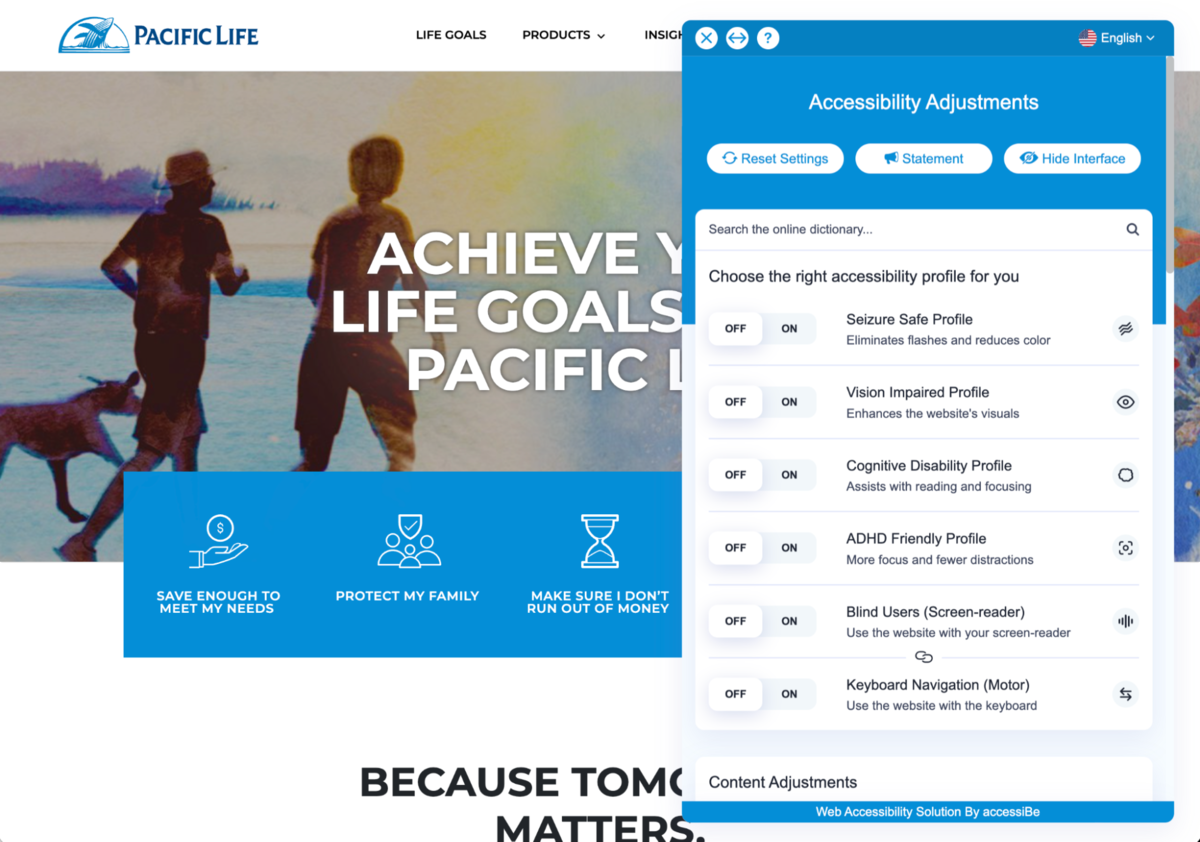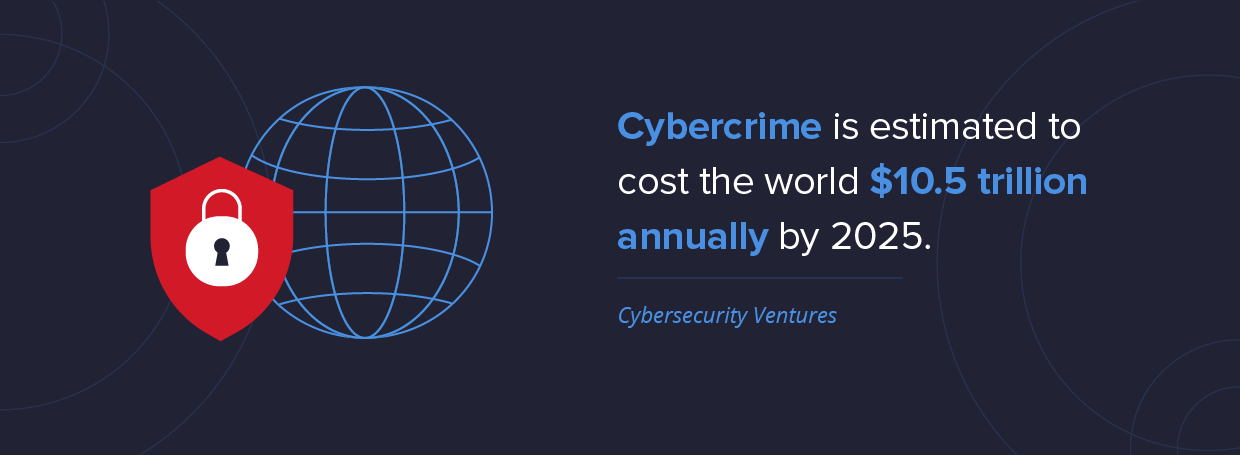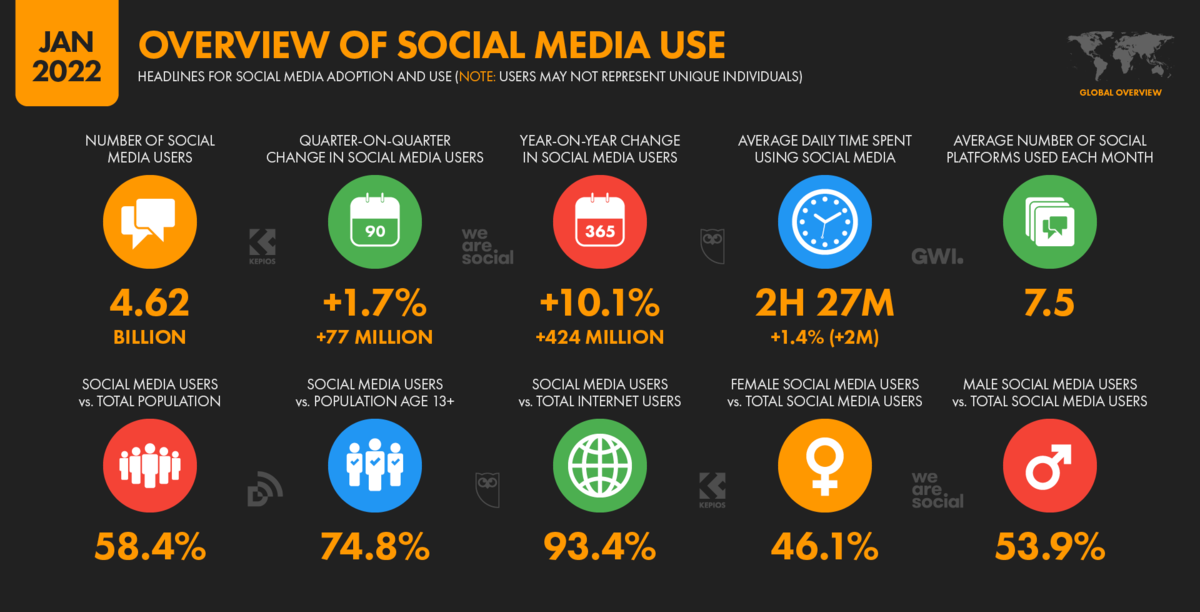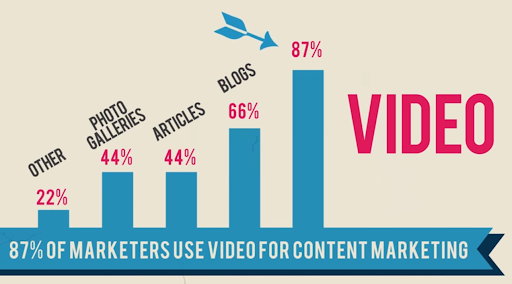In case you haven’t heard, your new business needs an online presence. Today.
But as you may have also heard, building a digital presence can be extremely difficult, especially if you’re in a hyper-competitive market. Lawyers, doctors, home contractors — they all have very localized markets and lots of deep pockets.
How can anyone compete with that?
Fortunately, moving your business into the online world isn’t just about spending thousands of dollars on paid ads. Ultimately, it’s about creating a solid foundation for you to build on for years to come. Building your foundation requires intentionality. None of the elements listed below are brand new, but their applications in a digital universe may be unique. Brand building and networking are common business concepts, for example, but how do you do that online?
Most guides will tell you about the basics — be active on social media, build a website, and engineer a viral “Charlie bit my finger” moment if at all possible. Everyone knows those tactics, though, which means everyone is already doing them.
To rise above your competition, you’ll need to take that extra step. Build an online presence for your new business with the future in mind, and you’ll never be caught off-balance.
Content:
Create a secure, user-friendly website
No digital strategy is complete without someplace you can call home. Social media profiles are great, but you don’t own those. If Mark Zuckerberg decides to take his ball and go home, where does that leave you?
Websites are most effective when focusing on three central components: people, search engines, and security.
Is your website accessible?
Usability refers to how well a customer can navigate your site. Ideally, your site’s organization is so crisp it’ll only take a prospective customer three clicks to get to any of your pages.
Consider also whether your website is accessible to those with disabilities. Pages with contrasting colors help people with vision issues, and plugins that can describe the text on the screen are extremely valuable for vision-impaired people.
Some of the more common accessibility options include:
- reduced screen flashes and color changes for those prone to seizures;
- automatic font changes to make the text easier to read;
- boxes around individual sections to clearly define reading areas;
- text magnifiers that enlarge a subsection automatically;
- dark mode capabilities that provide greater contrast;
- simple speak-text capabilities for content areas;
- increased image contrast or the ability to hide images altogether.
For example, PacificLife offers several options to make their website more accessible for users with disabilities.

But beyond the technical requirements of your site, you have to ask the question: Does my site send a message? What am I asking my customers to do while they’re online?
Find out everything you need to know to launch a website for your company.
Many business owners see their website as nothing more than a parking spot. To them, it’s just a place people can sit and visit to find out some nifty info on your business.
A site with real usability asks people to take some sort of action, whether that’s signing up for a mailing list, reading more information on your blog, or picking up the phone and calling your office.
Is your website visible?
The greatest websites in the world are useless if they’re on page nine of Google (seriously, nobody ever goes that far back).
For that reason, you’ll have to make sure your site is optimized for search engines. This process involves pages and pages of best practices, but it all funnels back to making your site authoritative.
One of the best ways to build that online authority — while demonstrating your brand’s authority at the same time — is by guest posting. Find a site that has a good reputation, then reach out to the site owner and propose an article. If it’s accepted, that site will pass on that oh-so-precious link juice to you.
Check out some tips to get your content published on high-authority sites.
This is especially valuable for new sites that can sometimes take months to get rolling. Having an authoritative website (or several) that links to yours signals to search engines that your site is worth showing in results.
Imagine that you’ve created a new online platform for trading stocks. A mention on a list of the best stock trading platforms would be a gamechanger for your business. Not only will you get eyeballs from the article itself, but you’ll improve your SEO in the process.
How do you get mentioned on a site like this? It changes from site to site, but many SaaS businesses have had success offering trial versions of their products to the site owner in exchange for a review. Sites are always looking for new products to serve their audiences with, so they’ll usually take a look at your software, at the very least.
More visibility equals more sales, which also means more people are aware of your brand.
Is your website secure?
Technically, every site needs to be secure, but eСommerce stores especially need to make sure their security is top-notch. The last thing you want is a breach in your pay systems that will compromise the data collection process. Even if the system gets fixed, people won’t trust you nearly as easily.
Non-eСommerce sites have to think about this too. A membership site that is used by a business as a brand-building and community-development tool can be hacked, thus exposing the private member data of your entire user base.

One of the best ways to take care of this is simply password-protecting your various pages. Make sure your employees and any relevant contractors have access to these accounts when necessary, and use a password management tool to organize various permission levels.
Secure your credentials to avoid data breaches by establishing password rules across your business. Not reusing passwords, enabling two-factor authentication where available, and keeping passwords in a secure location are just a few ways to prevent digital break-ins.
Design a social media strategy
Like it or not, social media networks are slowly taking over the world. More than half of the entire global population is on some kind of social network, such as Facebook, TikTok, or even Pinterest.

Where to start? The answer to that depends on your new business. Are you a digital graphics agency that wants to show off a portfolio to prospective clients? Since it’s such a highly visual medium, Instagram is most likely your first stop. Dance studios, book bloggers, and even home services companies can benefit from video-based platforms like TikTok and YouTube.
Check out our posts on using TikTok for your business.
Whatever path you choose, make sure that you optimize your presence before moving on to the next channel. That means defining what type of content you want to publish, in addition to generating a publishing schedule. Once your systems are automated, you can move on to the next platform.
Automate your processes
Anyone that’s been around for a few decades knows the transformation that came with computer software. All of a sudden, you didn’t need dozens of logbooks to track inventory and pay schedules. Now, you just need a keypad and a quick finger.
Software has only become more advanced since those days. What used to take you days now takes minutes, and you have the added luxury of scheduling processes out well in advance. Social media posts, email campaigns, paid advertising — you name it, you can automate it.
Learn how Instagram automation tools can help you communicate with your audience and promote your business on social media.
Automation frees up an enormous amount of time for your business, but it also allows you to scale. As vital as an online presence is, unless you’re constantly monitoring all the different areas, you’ll minimize your impact.
If you take the time to set up proper automation processes, though, it’ll not only save you time now but also allow you to build in these areas later.

Embrace the data revolution
All businesses — but especially new businesses — thrive on data. Without it, they have no idea who their customers are, what they want, or how to reach them.
Fortunately, for those same new businesses, data on the internet is much more plentiful and easier to acquire. Most websites, social media platforms, and email software have hoards of data ripe for the picking. In an instant, you can see who’s engaging with your brand and what kind of content resonates with them.
The problem eventually becomes sorting customer data instead of acquiring it. Data integration is all about turning raw data into analytical models that can help you grow your business. Instead of fumbling around in the dark and trying to see what works, you can form long-term strategic decisions that will guide your business during those precious starting years.
But data isn’t just useful for customers. It’s also valuable when it comes to competitors. Imagine being able to understand all of your competitor’s firmographic data — how many employees they have, what niches they occupy, and even estimated annual revenue (if the company is public). Armed with this information, you would be able to find out quickly where you should spend your money.
Lead generation is much more effective when you identify your audience, and sorting out customer and competitor data gives you a massive leg up on that process.
Build your online network
Networking used to take a long time. You hang out a sign for your new shop, then attend hundreds of meet-and-greets, chamber of commerce meetings, and shake more hands than you’re comfortable with to create relationships.
A strong digital presence allows you to accomplish most of that work in a fraction of the time. Social media accounts like Facebook and Linkedin allow you to join groups relevant to your niche, and online masterminds expose you to seasoned veterans who have been there before.
Find out the importance of LinkedIn marketing and its benefits for B2B companies.
What these connections give you in return is increased exposure. You can exchange links between yourself and complimentary businesses that increase SEO, and even work together on joint digital marketing campaigns. With double the audience — or more, depending on how many companies you can network with — you increase your exposure to exponentially more potential customers.
Concentrate on media production
Although there will always be a place for text-based content, visual forms of communication are steadily gaining in popularity. People crave entertainment, even if that comes in the form of advertisements or branding from your company.

For that reason, your new business should focus on creating as much media as is reasonably possible. Images, infographics, and videos (short and long-form) have a place on today’s social media channels and can be used in several different ways.
Massive media production may not fit into your budget at this stage, but the software to create high-quality images is relatively cheap. Live video is free and also very effective.
Your media content doesn’t need to be long either. Fifteen-second videos can send a message quicker than a blog article and usually stay with the consumer longer.
Enlist influencers to accelerate growth
Some new business owners are skittish about enlisting influencers to develop their brand, but it may just be the boost you need to get your business started on the right foot.
Some influencers can charge a hefty price to advertise your brand on their channel, but the key is finding the right influencers. Look for those who have an audience that is substantial, but nowhere near the top of their industry.
Targeting is also important. If you’re starting a new photography business, find an influencer that speaks to your ideal audience. Find the right spokesperson with the most niche-specific audience, and you may even be able to find a “smaller” influencer that costs less.
Conclusion
Starting a new business will always come with its own unique challenges, but digital options allow you to shortcut a lot of the headaches from prior generations. You’re able to learn more about your audience, build your brand, and expand your product line in ways that our grandparents would never have dreamed of. Take advantage of those opportunities, and any more you find along the way.
The key part is laying a strong foundation first. Focus on the above principles, and you’ll future-proof your business against competitors who are looking for quick wins.









